With the summer holidays fast approaching, it’s the ideal time to start making plans for the long, sunny days and time off work or school. And for most German families, it just wouldn’t be summer without at least one cycling tour in the countryside.
Beyond its enchanting natural landscapes, Germany boasts an incredible 100,000 kilometers of dedicated cycling trails – so it’s no wonder exploring the great outdoors on two wheels is something of a national pastime.
Each year, the German Cycle Club (ADFC) conducts a poll of its members to pin down their five all-time favourite cycling routes – and this year there’s truly something for everybody.
With some stretching as long as 1,300km, these choices aren’t for the faint-hearted, but more casual cyclists will no doubt have fun picking a part of the route that takes in some breathtaking locations and sights, whether it’s the peaks of the Alps or the meandering banks of the Rhine.
Elbe Cycle Route (Elberadweg)

Length: 840km in Germany, 1,270km in total
Difficulty: Easy to Medium
If you want a taste of how varied and unique different German regions can be, travelling the length of the Elberadweg from the Bad Schandau in Saxony to the North Sea coast is a great place to start.
Following the banks of the Elbe up from Dresden, you’ll take in cultural landmarks such as Dessau, the birthplace of Bauhaus, Lutherstadt Wittenberg and the imposing Magdeburg Cathedral. But arguably the highlight of this 840km route is the stretch of the Elbe that winds through the breathtaking rock formations of Saxon Switzerland as you cycle away from the Czech border.
Further to the north, the Elberadweg takes you through the atmospheric port city of Hamburg and includes HafenCity and the famous Elbphilarmonie. Leaving the hustle and bustle and weaving along the estuary, you’ll end up the quiet coastal town of Cuxhaven in Lower Saxony where the Elbe flows into the North Sea.
The ADFC recommends doing the full trip in 13 stages, taking around two weeks. But if you’re really up for an adventure, you can spread over three weeks in 22 stages by starting in the Czech Republic and traversing the full 1,270km route from the Elbe’s source at Špindlerův Mlýn in the Bohemian Mountains.
READ ALSO: 10 things to consider for a bike trip in Germany
Rhine Cycle Route (Rheinradweg)
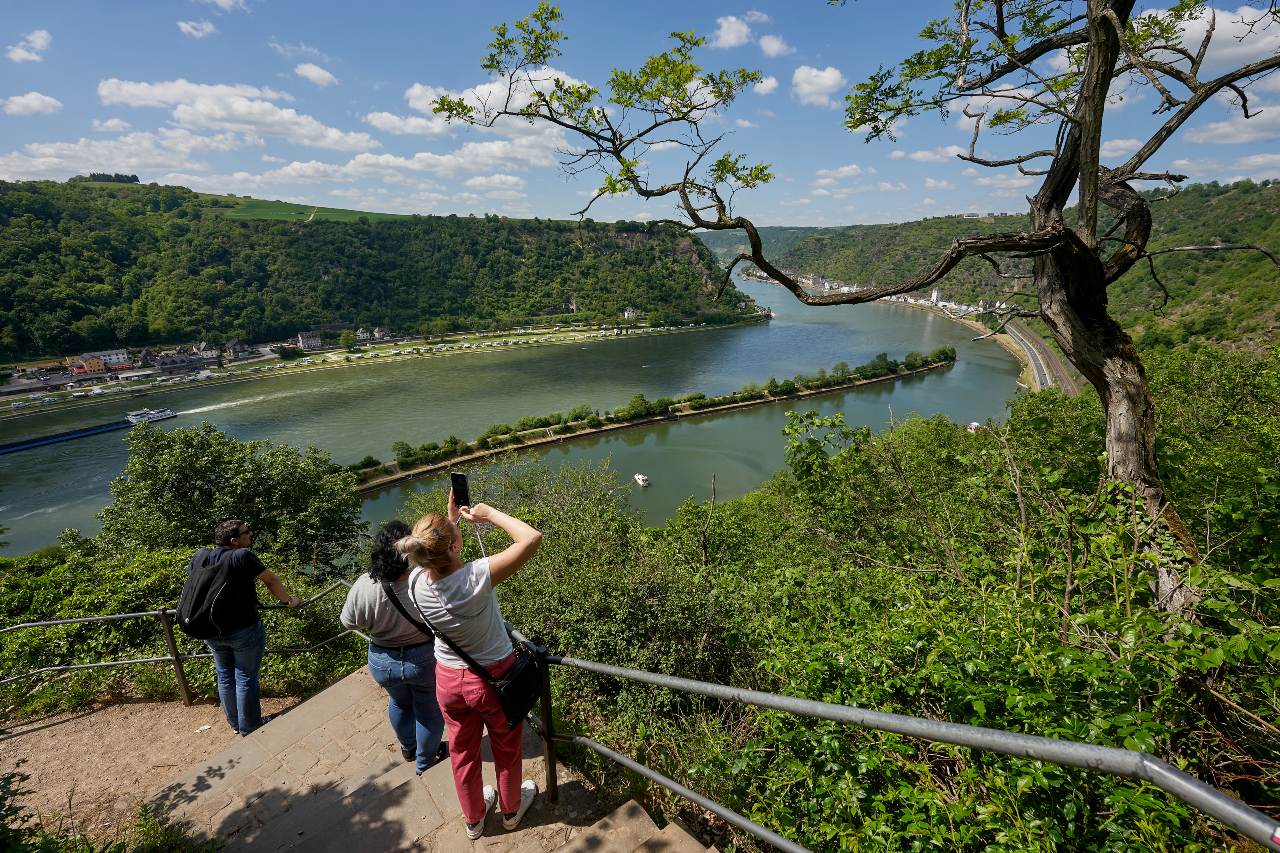
Length: 1,320km in total, 800km in Germany
Level: Easy to Medium
For a route that encompasses everything from Alpine panoramas to the industrial Rührgebiet, look no further than the Rheinradweg, otherwise known as Euro Velo 15.
One of the most modern and well-maintained cycle routes in Europe, the full Euro Velo 15 stretches all the way from the source of the Rhine in the Swiss Alps to the Hook of Holland, but by far the longest stretch runs through Germany.
If you start the route a little earlier in Switzerland, you’ll ride along the banks of idyllic Lake Constance before reaching Basel and weaving your way up through Baden-Württemberg. Along the way, you’ll take in the Black Forest and the elegant city of Karlsruhe, not far from the university towns of Freiburg and Heidelberg.
Just a stone’s throw from the border with France, this part of Germany is known for its exceptional wine, so you’ll have plenty of opportunities to relax with a chilled glass of Riesling after a long day of cycling. The route also takes in the Middle Rhine Valley, a romantic stretch of the river dotted with medieval castles and ancient forts, as well as the legendary Loreley Rock.
At the northern end of the trail, you’ll pass through Bonn and Cologne in North Rhine-Westphalia before reaching Arnhem on the Dutch border.
Doing the entirety of the Rhineradweg takes around 24 days, but if you’re staying entirely in Germany, it can be done in 2-3 weeks, depending on your fitness and how much time you factor in for enjoying a tipple or two.
READ ALSO: Riding the Radweg: A guide to touring Germany by bike
Baltic Sea Coast Cycle Route (Ostseeküstenradweg)
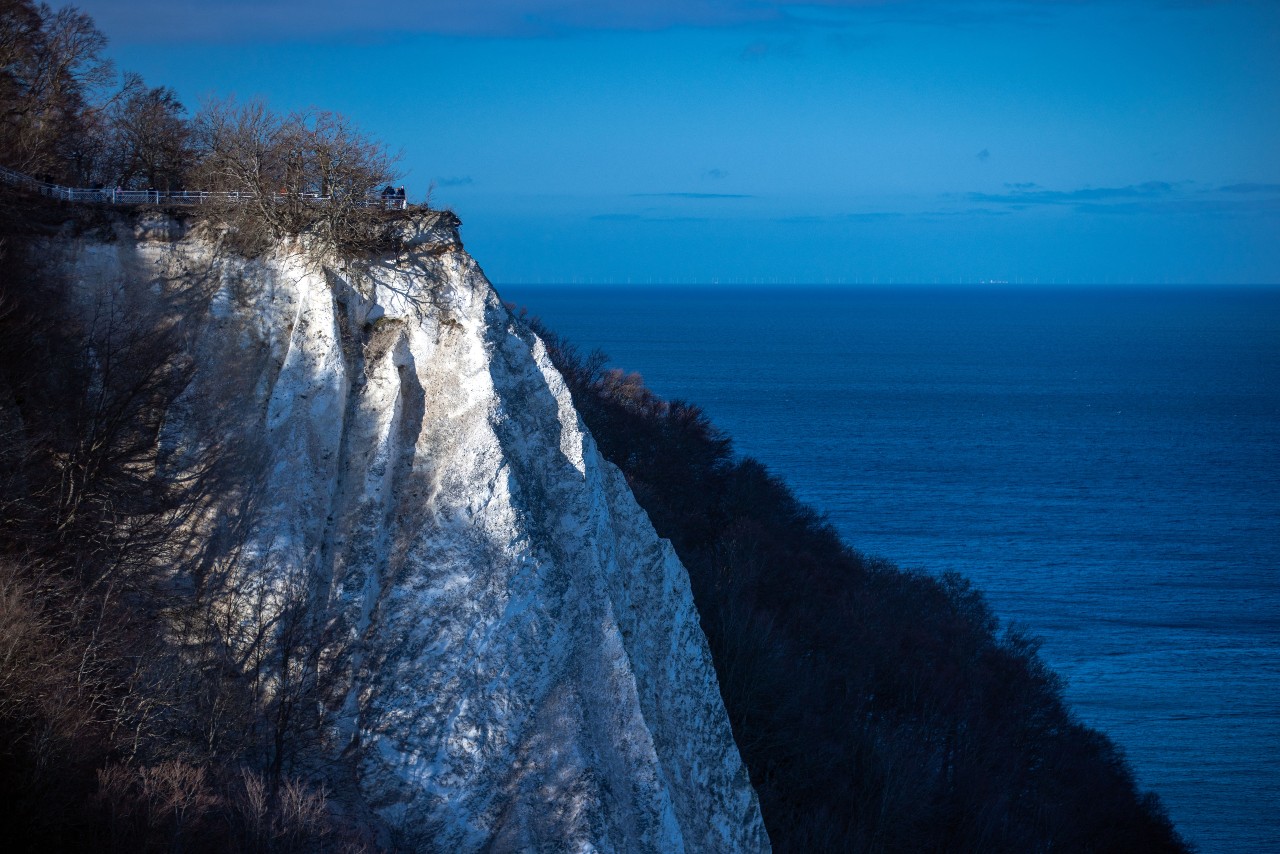
Length: 1,140km
Difficulty: Medium
If summer makes you yearn for sea, sand and rugged coastlines, the Baltic Sea Coast route will definitely tick all of your boxes.
Starting in the northern seaside town of Flensburg near the Danish border, this charming route takes in pristine beaches, unspoilt islands and UNESCO World Heritage sites as it weaves through Schleswig-Holstein and into Mecklenburg Western-Pomerania.
Highlights of the tour include the historic Hanseatic towns of Lübeck and Wismar, the upmarket seaside resort of Heiligendamm with its iconic white houses, and the cascading cliffs on the island of Rügen.
Along the way, you’ll also traverse the imaginatively named Fischland-Darß-Zingst peninsula, which boasts unbeatable bathing spots, and pass through Griefswald, the birthplace of romantic painter Caspar David Friedrich. The tour culminates on the beautiful island of Usedom, near the Polish border.
Depending on your fitness and how much time you want to spend in the beach resorts and towns along the way, you should set aside around two weeks for the complete route. If you only have a week to spare, the route is easy to split the into two halves, travelling from Flensburg to Lübeck or Lübeck to Usedom.
Weser Cycle Route (Weser-Radweg)
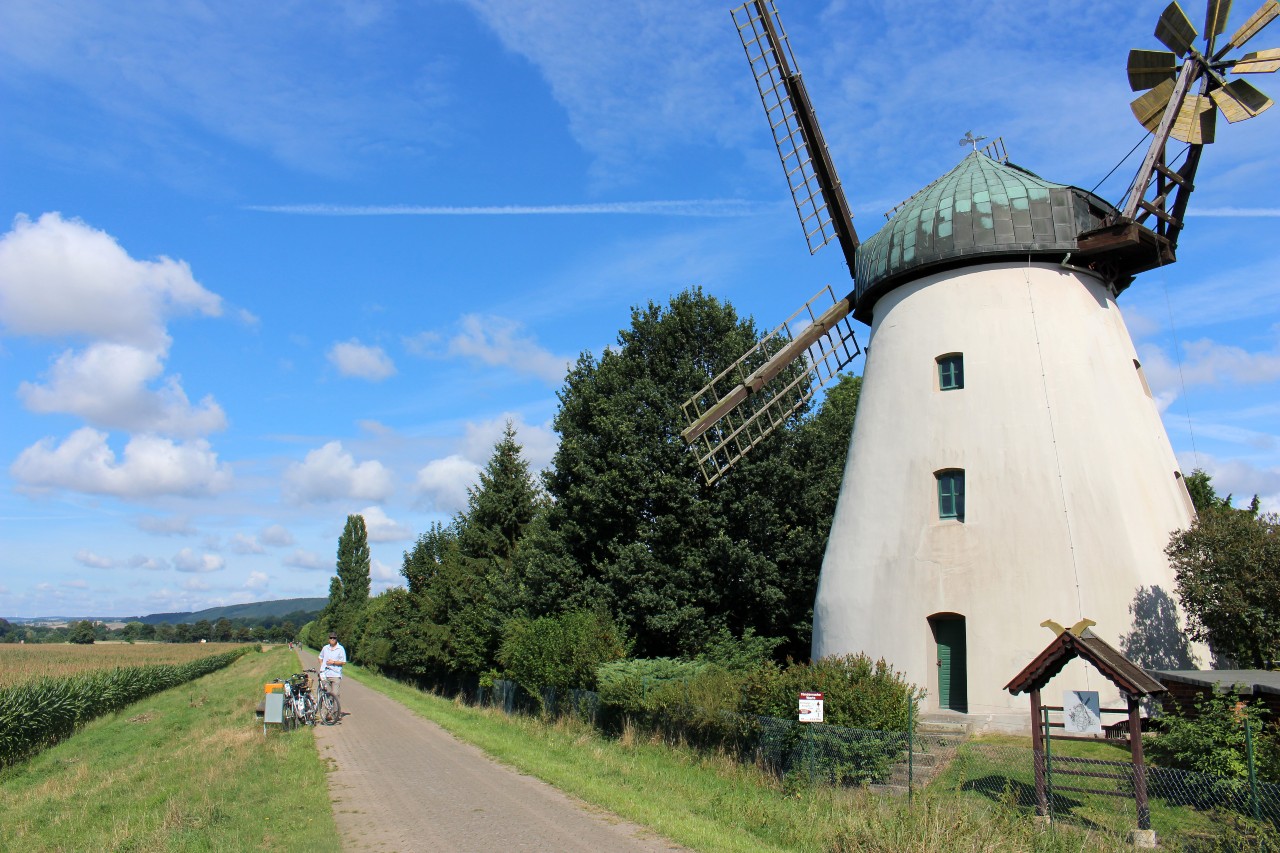
Length: 520km
Level: Easy
When it comes to Germany’s most popular cycle routes, the Weser-Radweg often comes out on top: this year, it landed in the German Cycling Club’s top five for the fifth year running.
Taking in six diverse regions of the country, each with its own unique character, it’s easy to see why this route is so beloved.
You’ll start just outside Kassel in the town of Hann Münden and set off through the the Weser Upland Hills; a romantic nature park alive with fragrant wild flowers, rare lichens and peaceful moorlands. Passing through central Germany, you’ll take countless medieval villages and old castles in the rolling hills and can even stop off at the Pied Piper’s house in Hamlin.
Culminating in Cuxhaven on the North Sea Coast, the route cuts through the Weser Marshes, taking in Bremerhaven with its famed Maritime Museum as well as the Hanseatic city of Bremen with its beautifully preserved Old Town and striking Gothic Town Hall.
At just 520km, the Weser-Radweg can be completed in just over a week, but those who prefer a more leisurely cycling holiday can stretch it out to 2-3 weeks.
READ ALSO: Here are ten of Germany’s best (and longest) biking trails
Danube Cycle Route (Donauradweg)
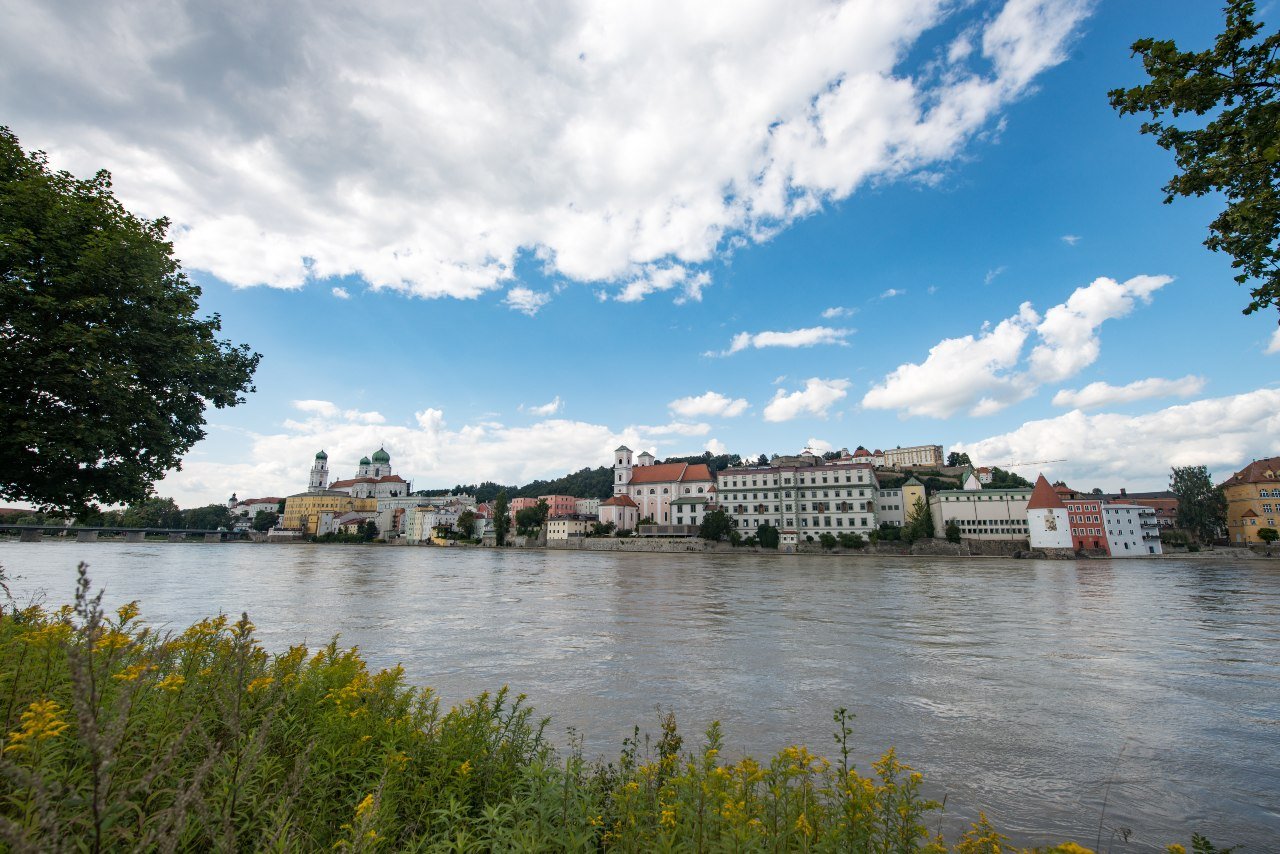
Length: 2,800 in total, 560km in Germany
Level: Easy to Medium
If it’s awe-inspiring scenery you’re after as you explore the great outdoors, the Donauradweg may well be the ideal choice. Starting in the picturesque town of Donaueschingen in the Black Forest at the source of the Danube river, this 560km route will take you on a mesmerising ride through Bavaria and Baden-Württemberg, all the way to the Austrian border.
Pedalling along the serene banks of the Danube, you’ll pass through Ulm, home to the world’s tallest church steeple, and Regensburg, a UNESCO World Heritage site known for its well-preserved medieval Old Town. But the unrivalled highlight of this tour is undoubtedly the stretch that cuts through Bavarian Forest, where the river weaves along dramatic gorges and verdant valleys.
As you continue eastward, you’ll arrive at the vibrant city of Passau, situated on the Austrian border at the confluence of three rivers. Here, you can admire the baroque architecture and enjoy a hearty meal or even a leisurely boat trip as you congratulate yourself for your endeavours.
READ ALSO: 10 of the best hiking day trips from Munich
Despite Bavaria’s mountainous backdrop, the Donauradweg is relatively flat and shouldn’t pose a problem for seasoned cyclists. Depending on your fitness level and pace, you’ll want to set aside around 1-2 weeks to complete the stretch in Germany, though the full route through Austria and Hungary will take a fair bit longer.

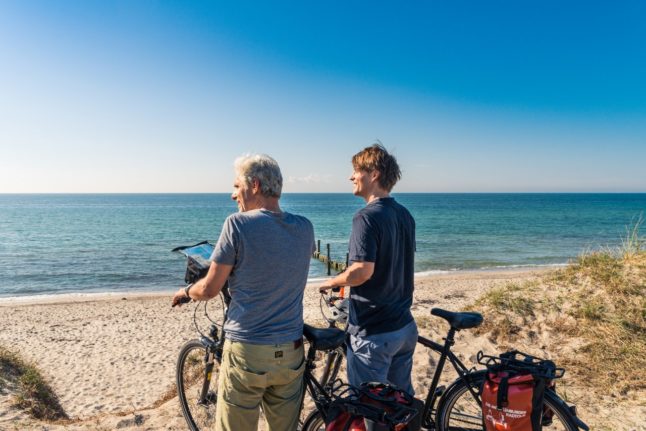


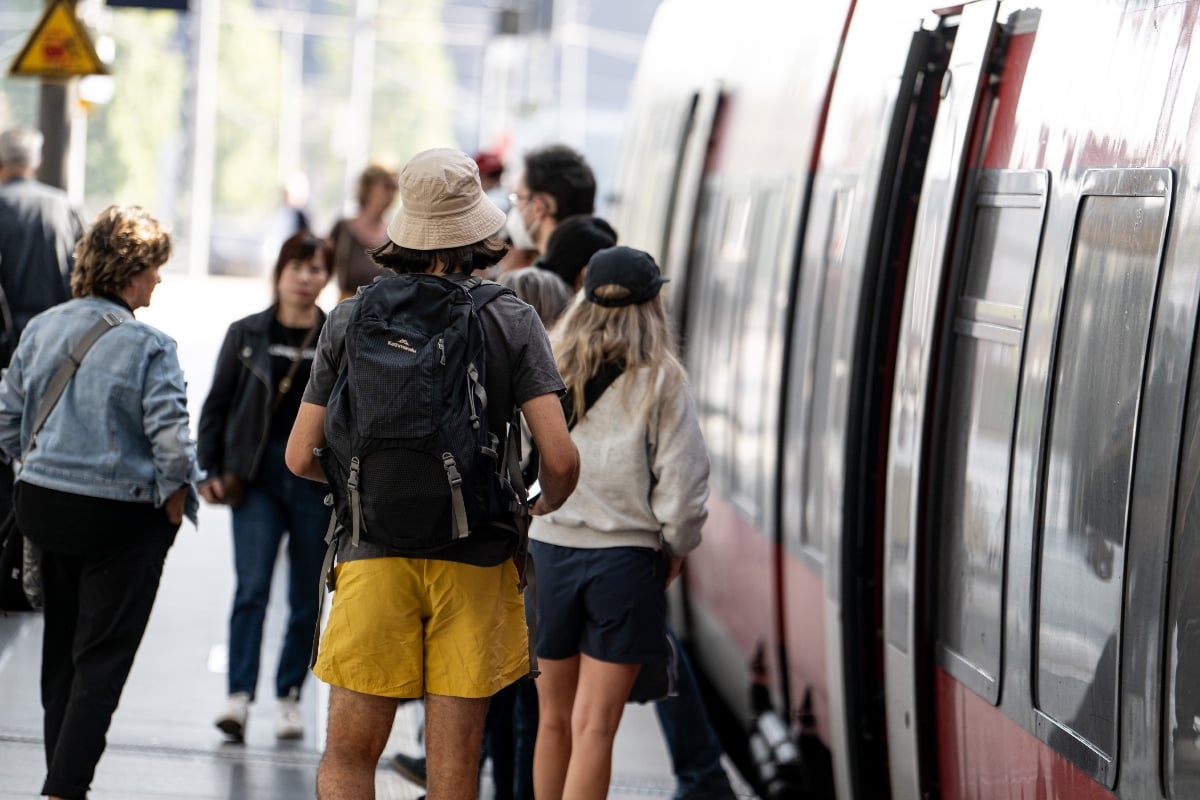

 Please whitelist us to continue reading.
Please whitelist us to continue reading.
Member comments